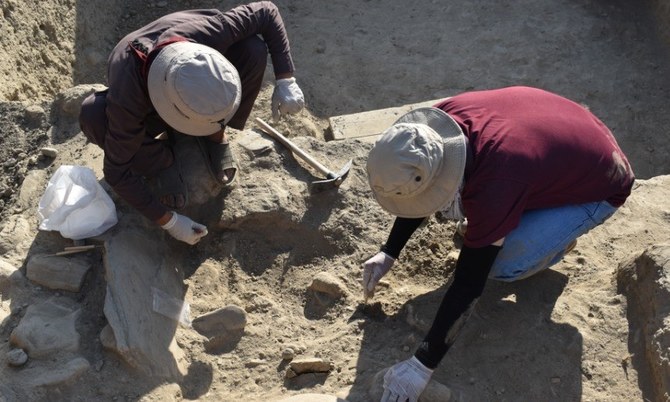WATCH: Archaeologists share findings from 3000-year-old cemetery in Chitral
- By Pyar Ali Amir Ali -
- Feb 28, 2023
CHITRAL: A team of archaeologists from Hazara University has landed upon a new treasure trove of history as it extended its dive further deep into the archaic cemetery, originally discovered almost a decade ago, led by Professor Dr Abdul Hameed Khan, as they find relics, figurines and ways of inhumation traceable back to the iron age of human civilization, circa 600- to 1000 B.C. The utmost, and at present, also the ultimate priority of this inquisitive team is to not only find how the people then lived, but also to learn what diseases plagued them and what sort of diet they preferred to match their lifestyles.  They would dispose of their dead largely in three ways: inhumation (the kind of burial we practice today), fractional burial (with only parts of the exposed body are buried for the memorial), and cremation. Over 100 undiscovered mud volcanoes off Makran coast await officials, explorers
They would dispose of their dead largely in three ways: inhumation (the kind of burial we practice today), fractional burial (with only parts of the exposed body are buried for the memorial), and cremation. Over 100 undiscovered mud volcanoes off Makran coast await officials, explorers  In the newly excavated graves, Dr Khan said they chanced upon new figurines, crockery and jewelry that betrayed some hints on how the lives of people might be like.
In the newly excavated graves, Dr Khan said they chanced upon new figurines, crockery and jewelry that betrayed some hints on how the lives of people might be like.
